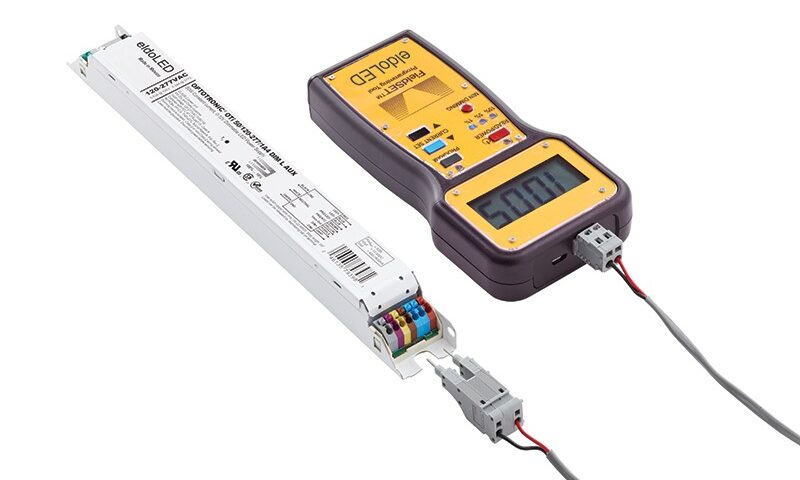When it comes to electrical systems in homes and businesses, understanding the components and their functions is crucial for safety and functionality. One of the fundamental elements of an electrical system is the electrical panel, often called the breaker box. Electrical panels come in two main types: main panels and sub-panels. In this blog post, we’ll explore the key differences between these two types of panels and when and why you might need each.
Main Electrical Panel
Location
- The main electrical panel, as the name suggests, is the primary control center for your entire electrical system.
- It is typically located near the point where the electrical service enters your home or building. This is usually on an exterior wall, in a basement, or in a utility room.
Main Disconnect
- The main panel contains a main disconnect switch or breaker. This switch allows you to shut off power to the entire building in case of an emergency or for maintenance purposes.
Connection to Utility Service
- The main panel is directly connected to the utility service’s electrical meter. It receives electricity from the utility company and distributes it to various circuits throughout the building.
Circuit Breakers
- Inside the main panel, you’ll find circuit breakers that control the distribution of electricity to different parts of your home or building.
- These circuit breakers protect the wiring and devices in each circuit from overloads and short circuits.
Capacity
- The main panel is designed to handle the full electrical load of the building. Its capacity is determined by the size of the service entrance and the electrical demand of the structure.
Sub-Panels
Purpose
- Sub-panels are additional electrical panels installed in a building to distribute power to specific areas or circuits.
- They are used when the main panel does not have enough available circuit spaces for new circuits or when you want to isolate certain areas for convenience or safety reasons.
Location
- Sub-panels are typically located in areas where they are needed. For example, a sub-panel for a home addition might be installed in the addition itself, rather than running all the wiring back to the main panel.
Connection to Main Panel
- Sub-panels are connected to the main panel via dedicated branch circuits. These branch circuits run from the main panel to the sub-panel, providing power to it.
Capacity
- The capacity of a sub-panel is determined by the size of the sub-panel and the circuits it is designed to serve. It can vary widely based on the specific application.
Circuit Breakers
- Like main panels, sub-panels also have circuit breakers to protect the circuits they serve.
When Do You Need a Sub-Panel?
You might need a sub-panel in the following situations:
- Running out of Space: If your main panel is full and you need to add new circuits for additional appliances, rooms, or projects, a sub-panel can provide the extra circuit capacity you need.
- Separate Building: If you have a detached garage, workshop, or other separate structure that requires electrical power, installing a sub-panel is a practical way to distribute electricity to that location without running a long conduit back to the main panel.
- Dedicated Circuits: For specialized circuits, such as those for a home theater, home office, or kitchen remodel, a sub-panel can isolate and protect these circuits without affecting the rest of the house.
In conclusion, understanding the difference between main panels and sub-panels is essential for managing your electrical system effectively. Main panels serve as the central hub for your electrical supply, while sub-panels provide flexibility and additional capacity for specific areas or projects. If you’re considering modifications or expansions to your electrical system, consult with a licensed electrician to ensure your wiring and panel choices meet safety and code requirements. Electrical work should always be done by qualified professionals to guarantee the safety and functionality of your electrical system.











Recent Comments